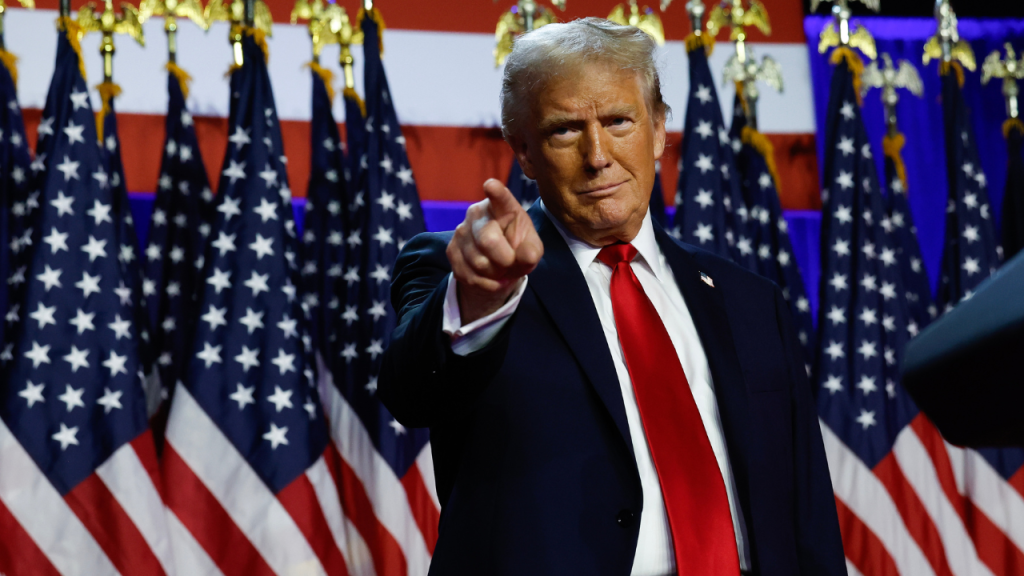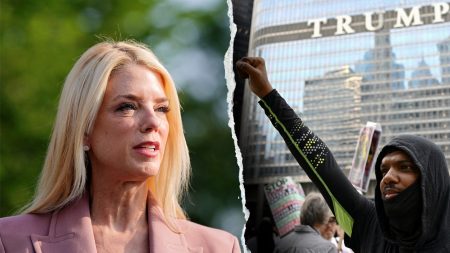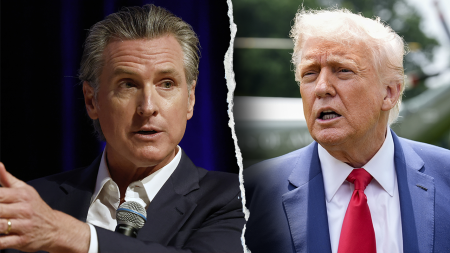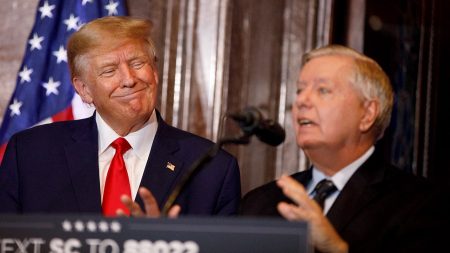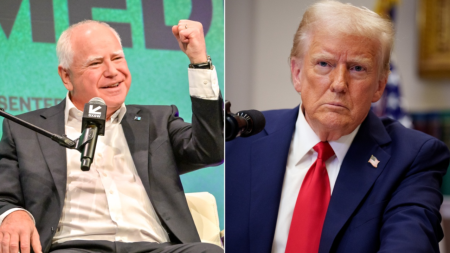The Democratic Party is grappling with the aftermath of a resounding defeat in the 2024 election, facing the daunting prospect of a second Trump presidency. Molly Murphy, a prominent Democratic pollster and strategist, presented a stark assessment of the party’s current predicament and offered a potential roadmap for navigating the next four years. Murphy emphasized the need for a dramatic shift in strategy, declaring that the tactics employed in 2017 will not suffice against a more popular and emboldened Donald Trump. Her presentation, delivered at the first post-election meeting of the Democratic National Committee’s executive committee, underscored the urgency of adapting to the new political landscape.
Murphy’s analysis highlighted several key challenges confronting Democrats. Firstly, she noted the widespread public approval of Trump’s transition back into power and the significant boost to his popularity compared to his first term. This increased approval, she argued, stems from the perception of a strong economy under Trump’s leadership, allowing him to escape accountability for his often controversial rhetoric. Secondly, Murphy pointed to the Republican Party’s success in making inroads with traditionally Democratic demographics, particularly younger voters, Latinos, and Black voters. This erosion of support within the Democratic base, she attributed partly to the party’s focus on policy details rather than engaging in broader cultural conversations that resonate with voters on a more personal level. The Republicans, in contrast, have effectively utilized these cultural narratives to connect with voters, even when their policy positions don’t align with the voters’ interests.
To counteract these challenges, Murphy proposed a multi-pronged approach. She advocated for a relentless focus on the economic realities faced by ordinary Americans, arguing that even if the overall economy appears strong, the rising cost of living will continue to burden families. This focus on economic hardship, she believes, will allow Democrats to effectively portray Trump as indifferent to the struggles of working-class Americans, thereby undermining his perceived economic strength. This strategy mirrors the Republicans’ successful 2024 campaign tactic, which highlighted economic anxieties despite overall economic indicators pointing to a strong economy. Murphy stressed the importance of emphasizing the negative impacts of Trump’s policies on working families, specifically targeting tax breaks for the wealthy and corporations while simultaneously highlighting the burden of tariffs on consumers.
Furthermore, Murphy emphasized the need for Democrats to move beyond policy-centric messaging and engage in the cultural conversations that have proven so effective for Republicans. She argued that while these conversations often lack a factual basis, they create a sense of connection between the party and the people that transcends policy specifics. Democrats, she suggested, need to find authentic ways to connect with working-class Americans on a cultural level, emphasizing shared values and building trust. This shift in communication strategy is crucial to regaining the support of demographic groups that have drifted towards the Republican Party.
While DNC chair Jaime Harrison commended Murphy’s analysis, he also cautioned against focusing solely on Trump. Looking ahead to the 2028 election, Harrison suggested that the party should also target Vice President-elect JD Vance, anticipating his emergence as a prominent figure within the Republican Party. This forward-thinking approach, he argued, is essential to prevent being blindsided by future Republican contenders and to build a long-term strategy for regaining political power.
Meanwhile, the Republican National Committee, under the leadership of Michael Whatley, expressed confidence in their future prospects. Whatley confirmed the continued influence of Donald Trump within the party, emphasizing his role in supporting GOP candidates and driving the party’s agenda. He outlined the RNC’s focus on strengthening state parties, building a robust ground game, and ensuring election integrity measures are in place for the 2026 midterm elections. Despite the historical trend of the ruling party experiencing setbacks in midterm elections, Whatley expressed optimism about the Republicans’ chances, banking on Trump’s continued involvement in campaigning for GOP candidates and the enduring popularity of his agenda. This contrast in outlooks highlights the divergent paths the two parties are taking as they prepare for the next electoral battles. The Democrats, grappling with internal divisions and seeking a renewed sense of purpose, face the challenge of rebuilding their base and crafting a message that resonates with a broader electorate. The Republicans, emboldened by their recent victories and unified behind Trump’s agenda, appear confident in their ability to maintain their hold on power. The coming years will reveal which party’s strategy proves more effective in navigating the complex and ever-shifting political landscape.




